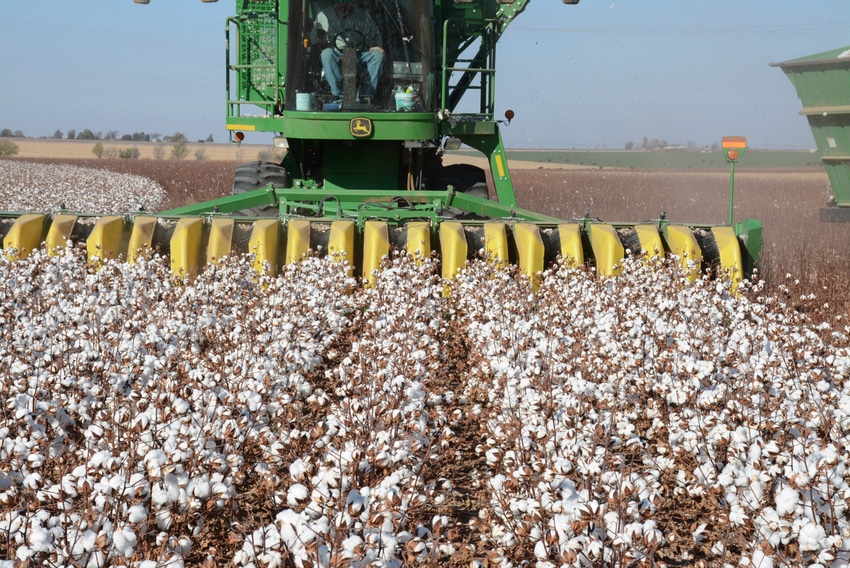
Discussions are continuing relative to the 2018 Farm Bill, but Oklahoma cotton producers who wish to participate in the agricultural risk coverage or price loss coverage programs need to be aware of certain key dates this fall.
Oklahoma producers with generic base acres on their farm planted to cotton may reassign generic base acres, update seed cotton yields and make an ARC or PLC election with the Farm Service Agency by Sept. 28.
“For cotton farmers to be eligible, they will need to currently have generic base acres and have a recent cotton planting history, or have generic base acres approved as a prevent planted commodity,” said Amy Hagerman, assistant professor of food and agricultural policy with Oklahoma State University’s Division of Agricultural Sciences and Natural Resources.
If a farm has generic base acres but does not have recent planting history, the generic acres will roll over to unassigned base acres on Sept. 28 and will not be eligible for PLC or ARC payments. The one-time election option for cotton farmers is associated with an amendment to the 2014 Farm Bill in the Bipartisan Budget Act of 2018 that added seed cotton as a covered commodity.
According to the July 30 FSA press release, cotton farmers will have until Dec. 7 to sign contracts for the 2018 crop year. However, because acres roll over from generic base acres to either seed cotton acres or unassigned base acres on Sept. 28, farmers will need to make an election by the designated rollover date.
“If they do not make an election but have planted cotton, then the election will default to PLC,” Hagerman said. “Seed cotton acres eligible for payments will be the maximum of either their average planted cotton acres on the farm from 2009 to 2012, up to their total generic base acres or 80 percent of the generic base on the farm.”
Under the second option, the remaining 20 percent of current generic base acres will go to unassigned base acres. Generic base acres also can be allocated to other covered commodities than seed cotton.
Cotton producers also will have a one-time opportunity to update the PLC yield of seed cotton. The updated yield, or retained yield if no update is made, will be used to calculate payment rates for PLC in the 2018 crop year.
“ARC and PLC are vital parts of the safety net that helps agricultural producers manage risk in their specific operations,” said Trent Milacek, OSU Cooperative Extension area economist. “We recommend producers stay current about risk-management opportunities. Talk to your Extension educator. Go to Extension meetings. Don’t be a stranger at your local FSA office. The time, energy and effort involved is an investment in operational sustainability.”
Additional information about ARC and PLC for cotton producers is available online at http://www.fsa.usda.gov and through all FSA offices, which are part of the U.S. Department of Agriculture.
About the Author(s)
You May Also Like




